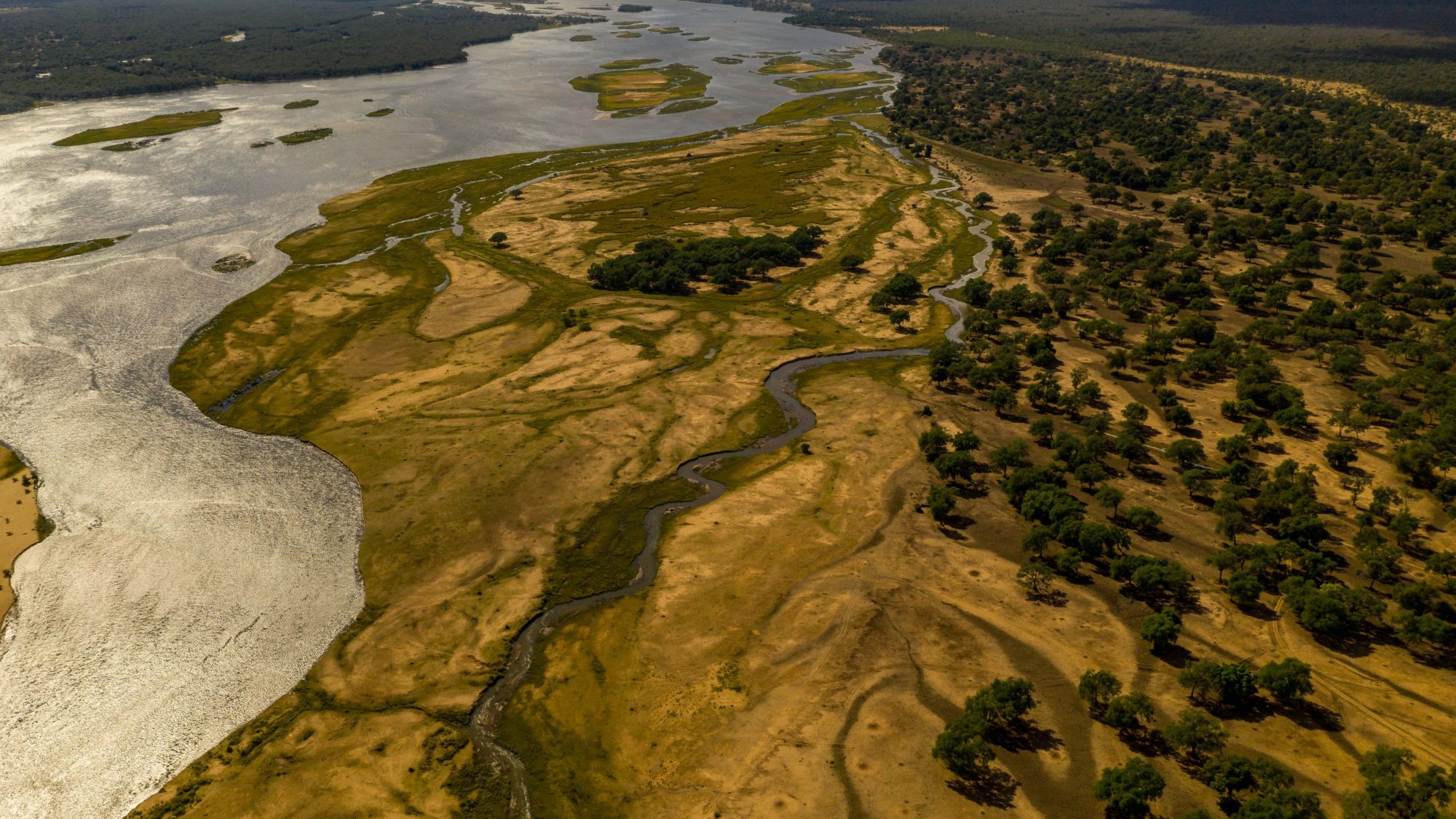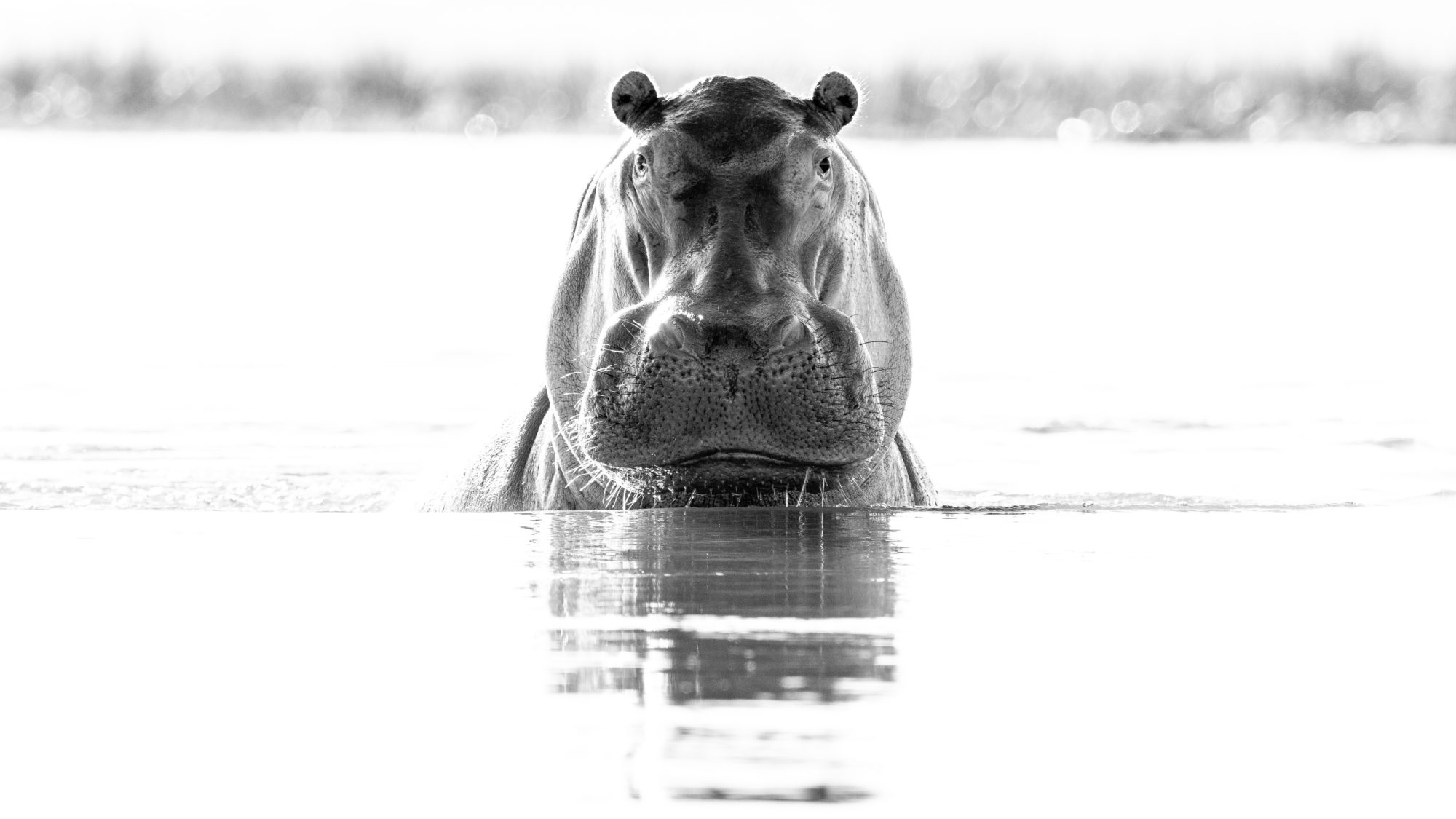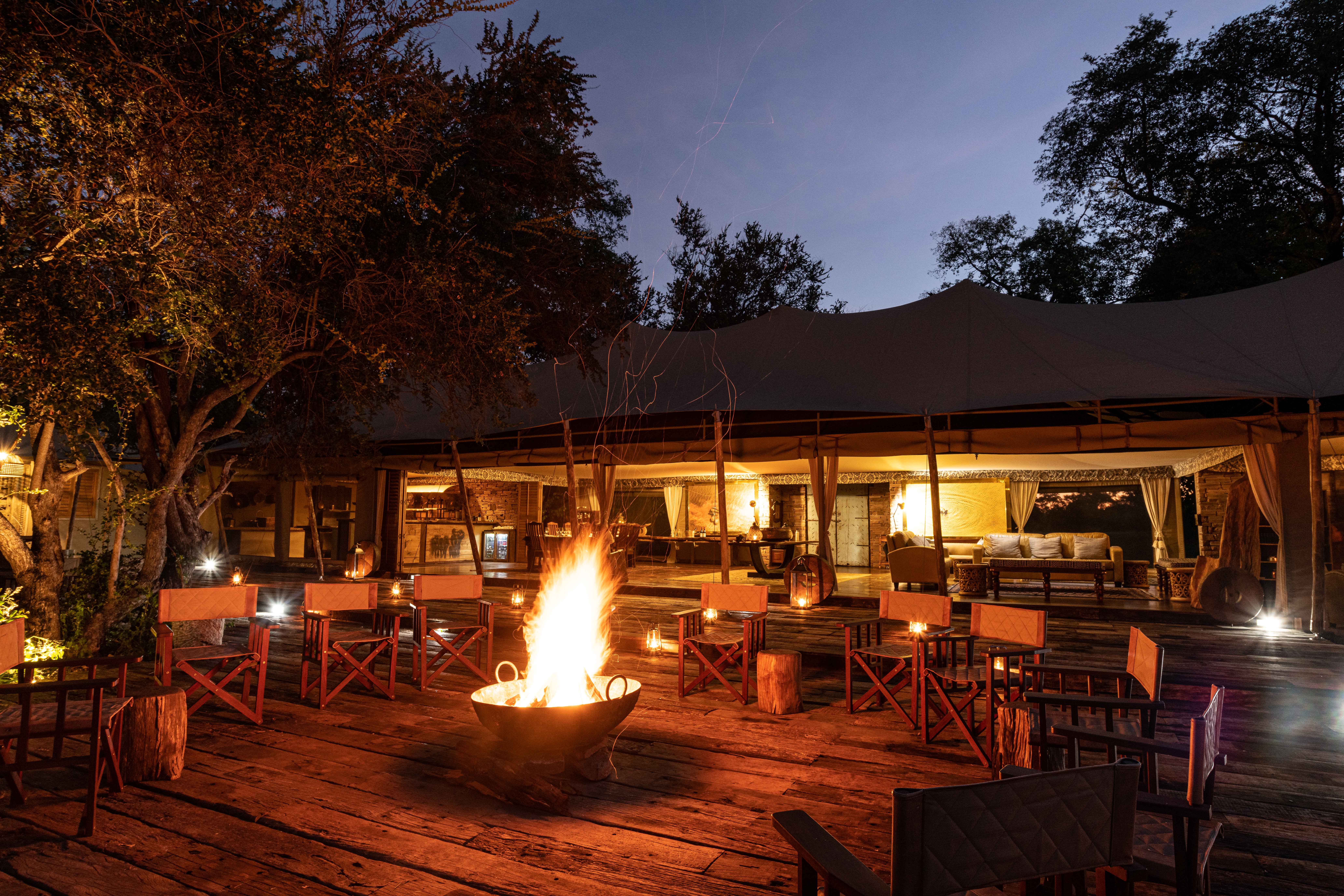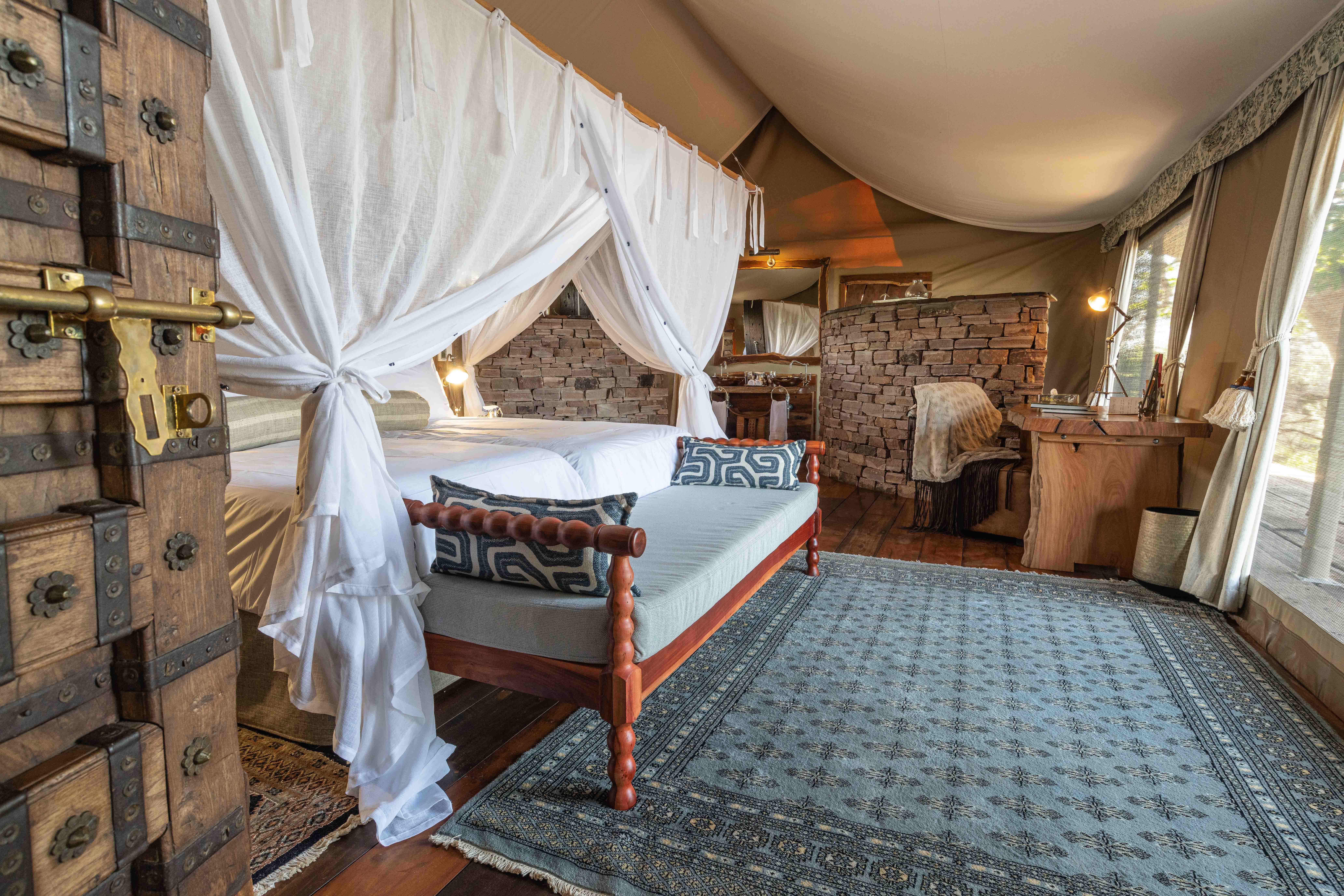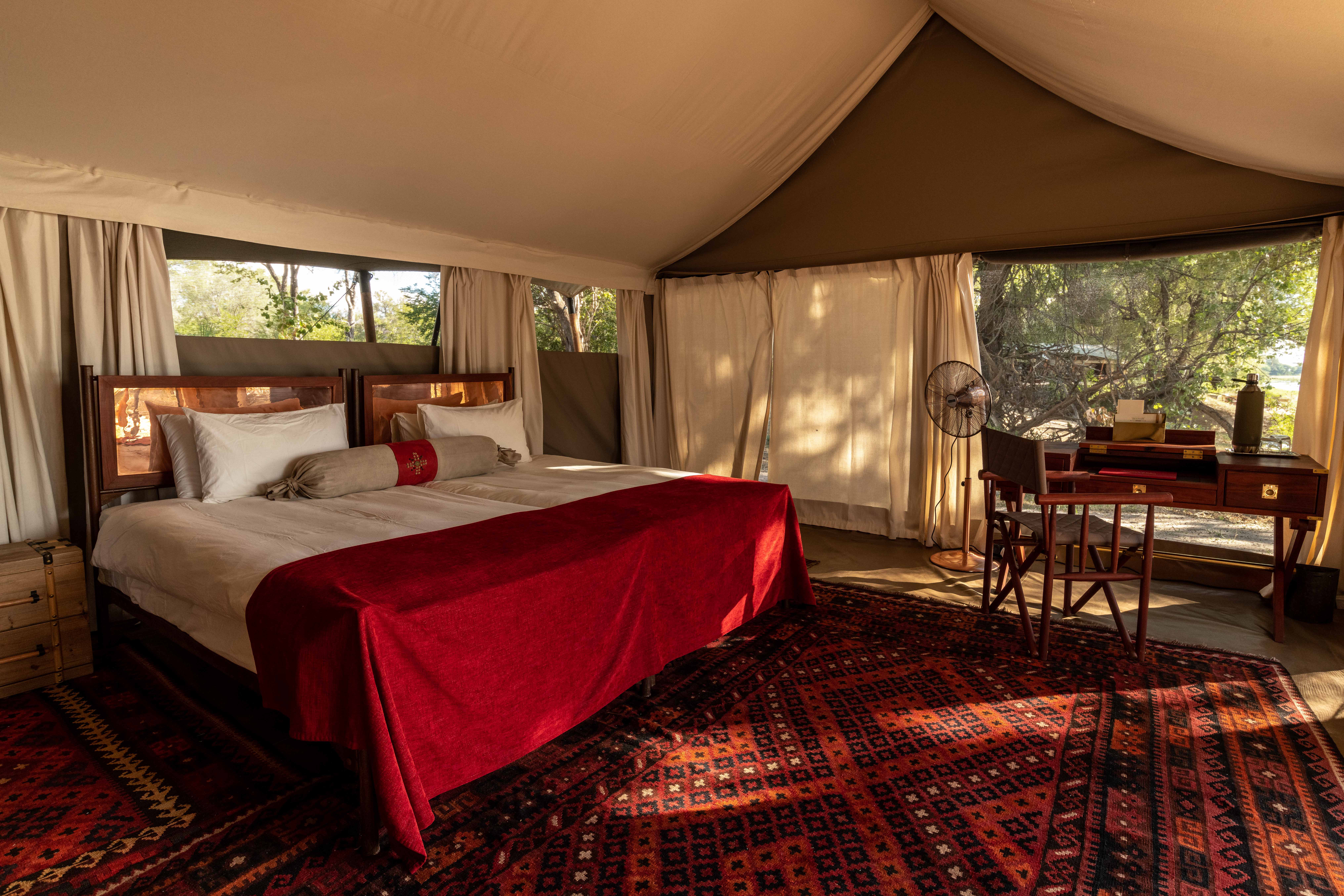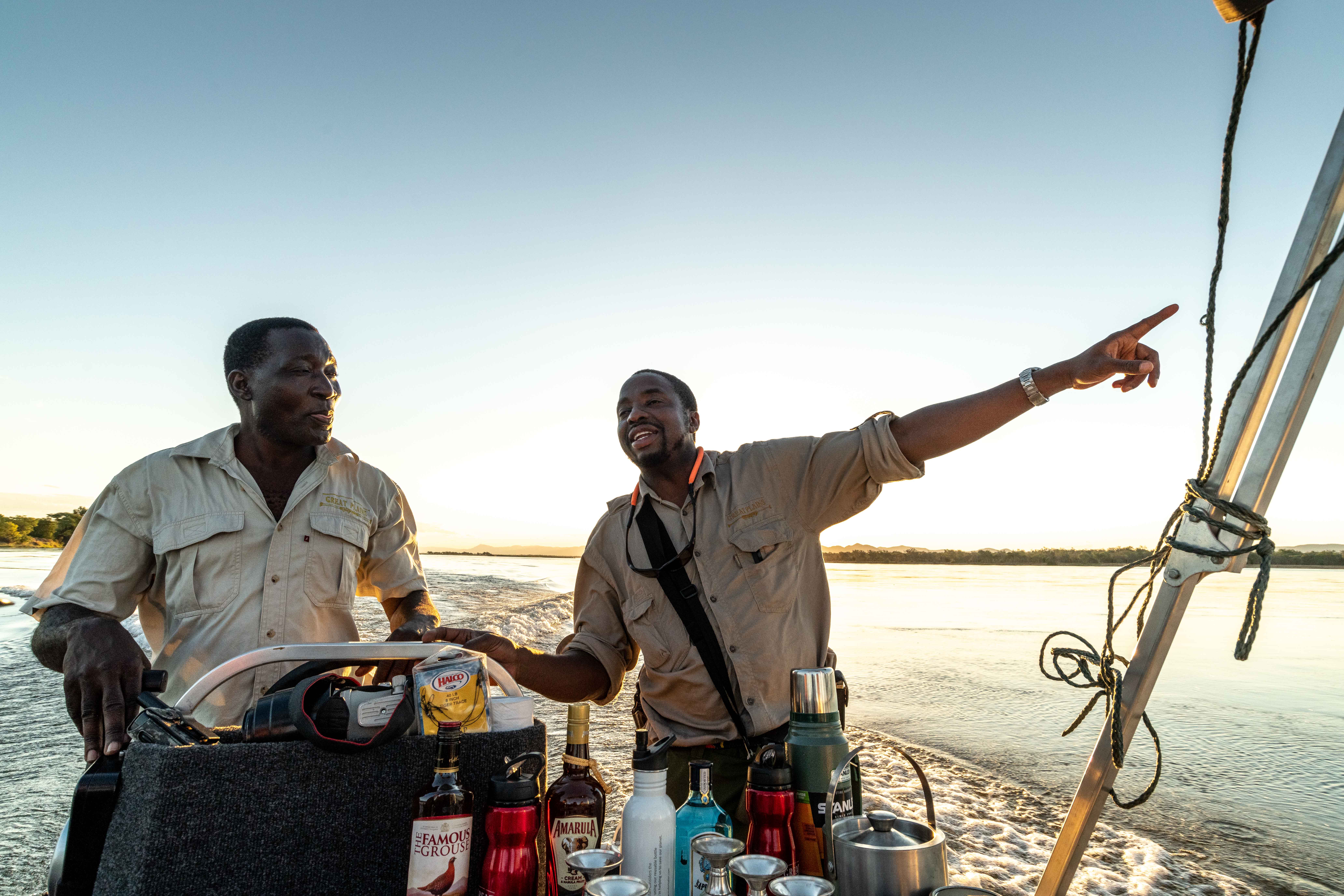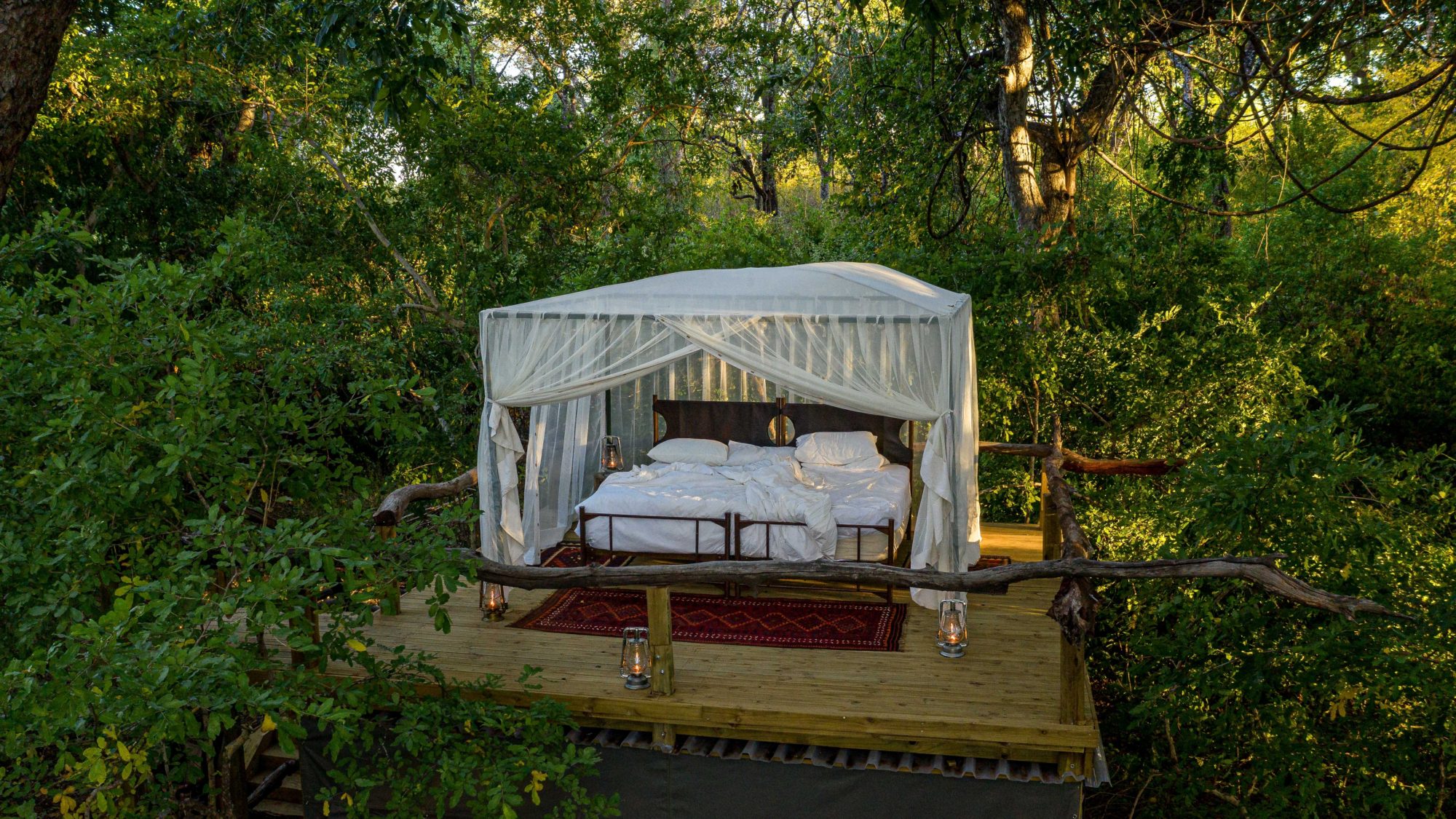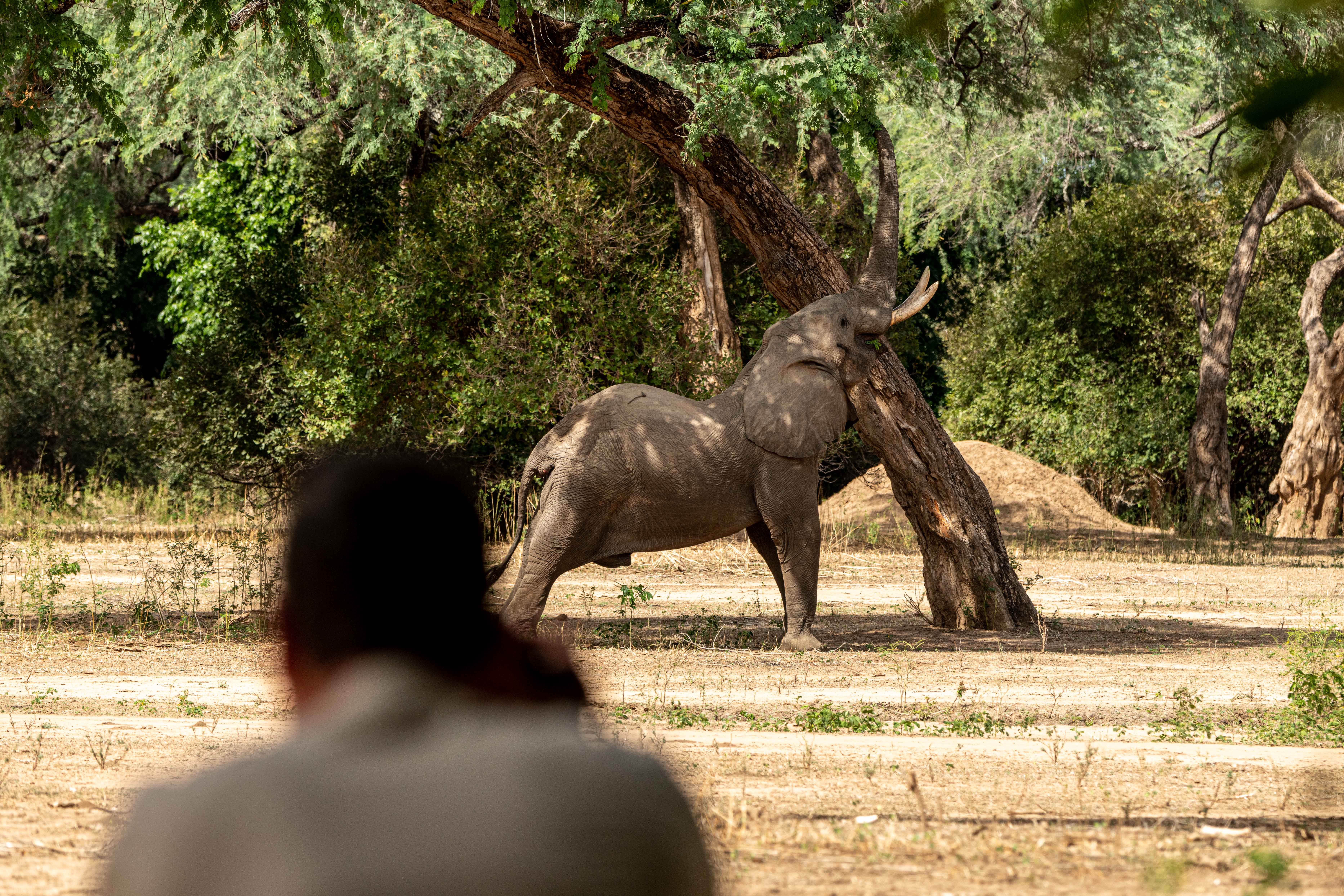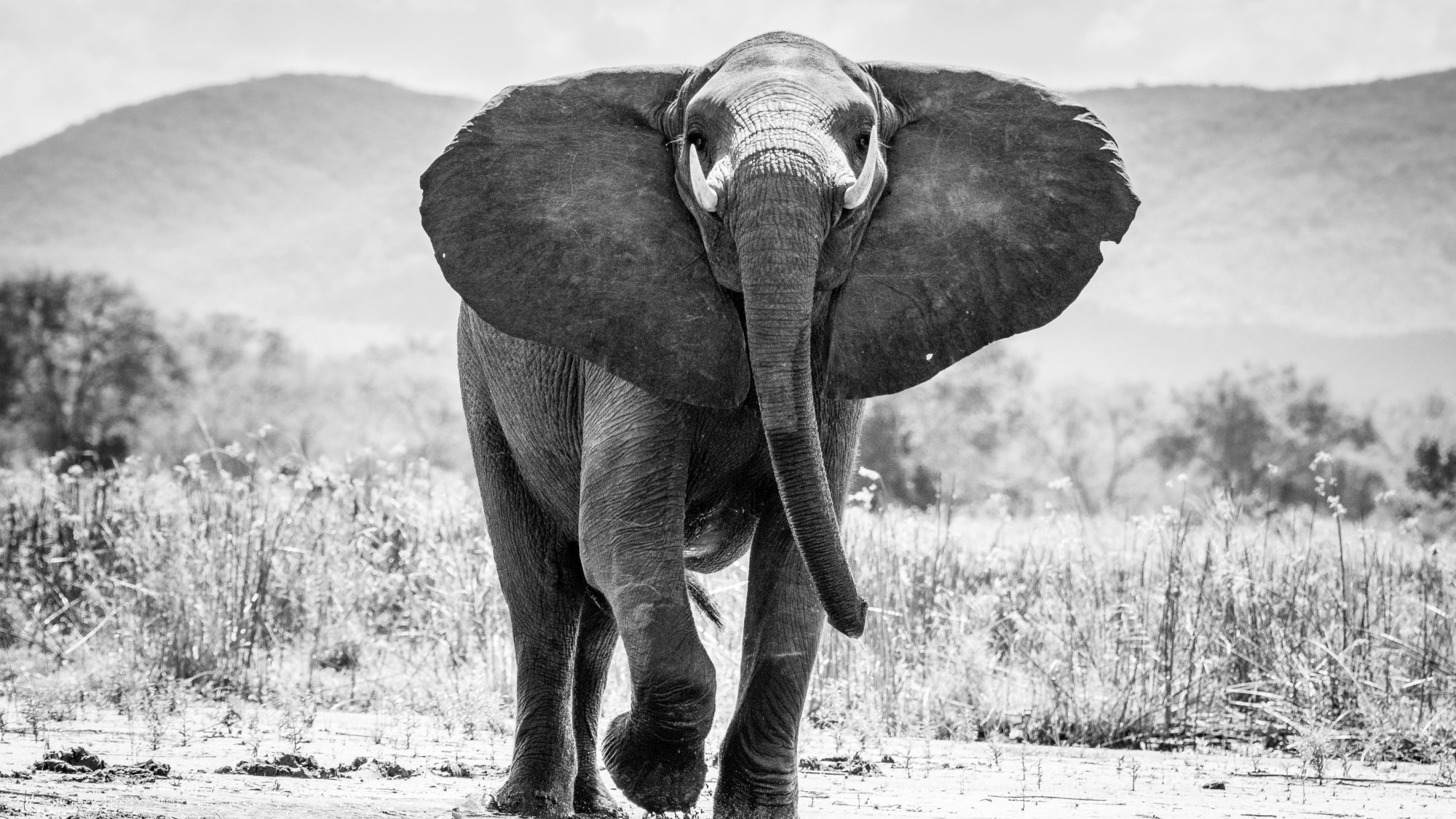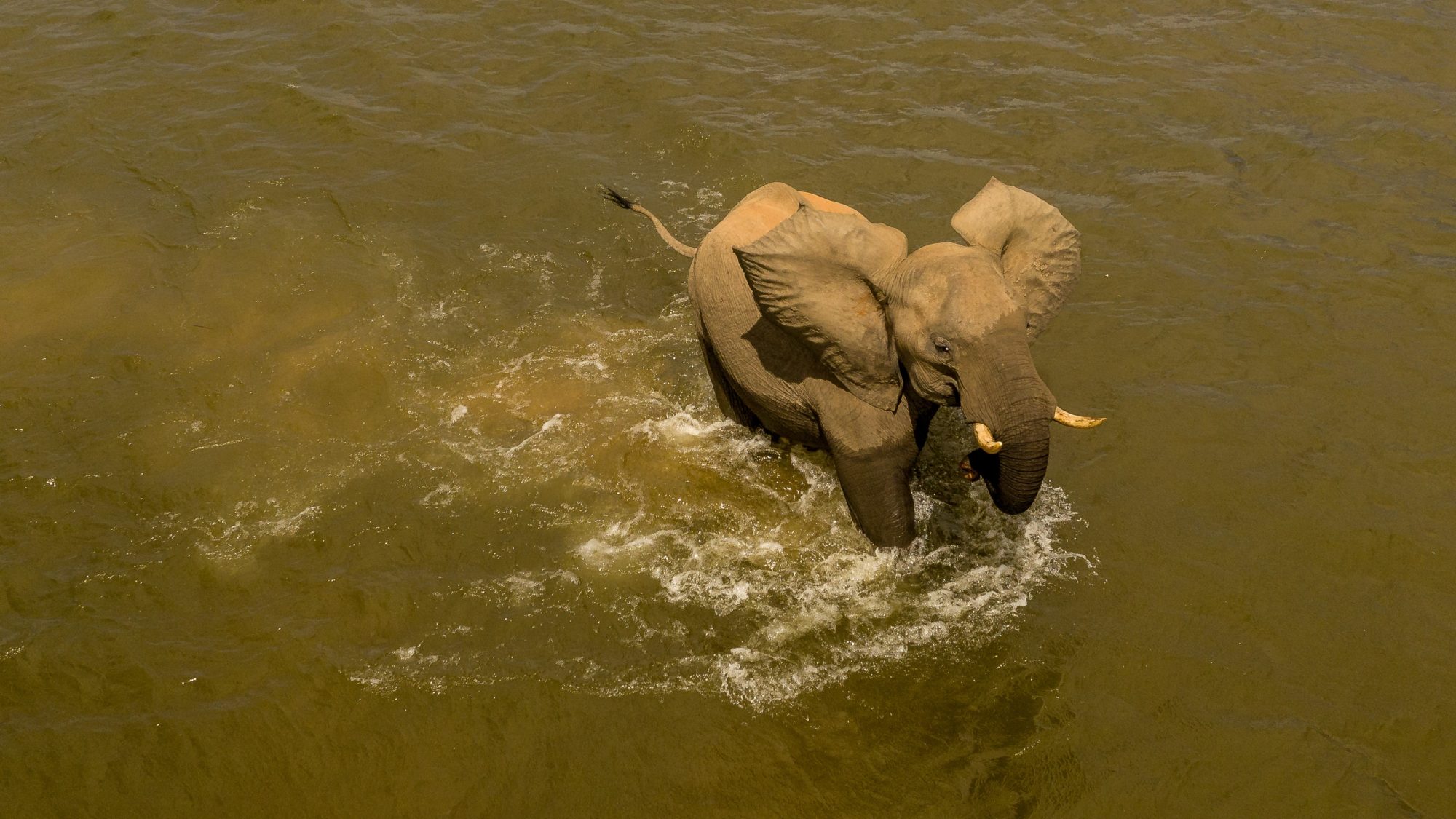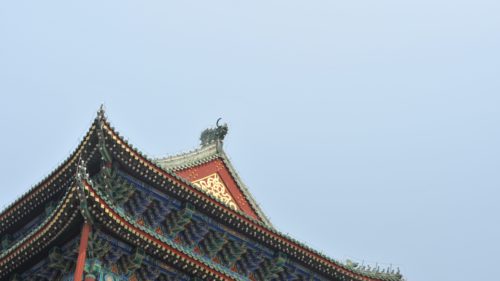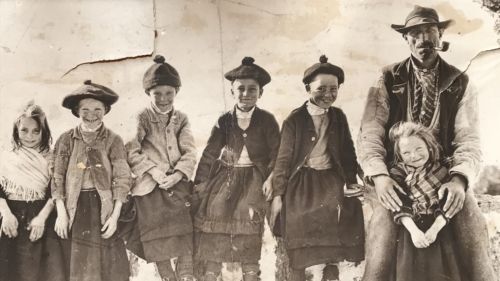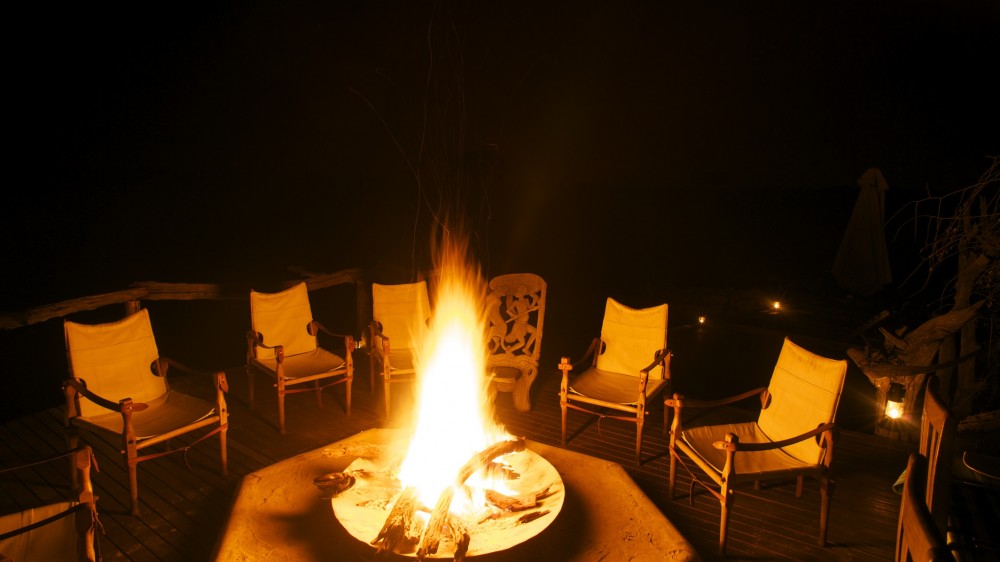Zambezi Magic
I’m not alone in finding that the Zambezi Valley always has a special draw – flying in invariably gives me a frisson of excitement. Once you climb over the hills east of Lake Kariba, you begin to descend as you cross into Mana Pools. As you get low enough, you’ll see an elephant or two, moving through the trees, bathed in soft afternoon light, and the excitement truly starts to build. On my last trip I was particularly keen to visit the Sapi Reserve.
The Sapi Reserve is part of a sort of safari renaissance that’s happening in Zimbabwe. The kind of attention and investment the country is getting at the moment gives me some sorely needed hope for the wild places of Africa.
The reserve is part of the expansion into Zimbabwe by Great Plains Conservation. Late last year, they opened the rather spectacular Mpala Jena at Victoria Falls, but the focus of this article is the marvellous Sapi Reserve which occupies a huge stretch of the south bank of the Zambezi River, between the escarpment and the river itself, just to the East of Mana Pools National Park.
It’s a project on the same scale and ambition that the Selinda Reserve in Botswana was, more than a decade ago. Great Plains Conservation took over a truly vast area of northern Botswana and with careful management, turned it into one of the best wildlife areas in a country replete with them.
With Sapi, Great Plains has taken an area of similar size and begun the process of turning an overexploited hunting concession into what promises to be one of Zimbabwe’s best places to go on safari.
At the moment, Sapi has just 2 camps, Sapi Springs and Sapi Explorers, that can accommodate just a handful of intrepid travelers in an area of 120,000 hectares (or, over 460 square miles). In many ways, it’s a first for this part of Zimbabwe – a private concession allowing complete freedom to explore either by 4×4, on foot, or by boat during both day and night. In my view, it’s perfect the way it is, but plans are afoot for a 5-star camp along the lines of Mpala Jena and Selinda Camp.
The excitement and commitment of the people on the ground in Sapi is palpable and it’s hard not to be swept up by it. The project isn’t just about creating another place to see animals, it’s a large-scale conservation project in the round, providing a haven for wildlife, direct capital investment in a country that desperately needs it, and jobs and revenue to an economy that’s been on the ropes for decades. The best part is that just by turning up you’re helping with this massive effort.
Sapi is truly a guide’s playground, and Zimbabwe produces some of best in the business. Where Sapi shines in comparison to Mana is that it’s completely private, meaning that the rules that limit what you can do in a public area like Mana Pools don’t apply here. As a result your guide can truly strut his stuff, getting you well and truly under the hood of the wilderness you’re moving through.
So, if you’ve ever wanted to track big bull elephants on foot, follow wild dogs as they hunt along the river bank, pull a giant tiger fish out of the Zambezi, or dodge hippos in a canoe – the Sapi Reserve is the place to do it.
